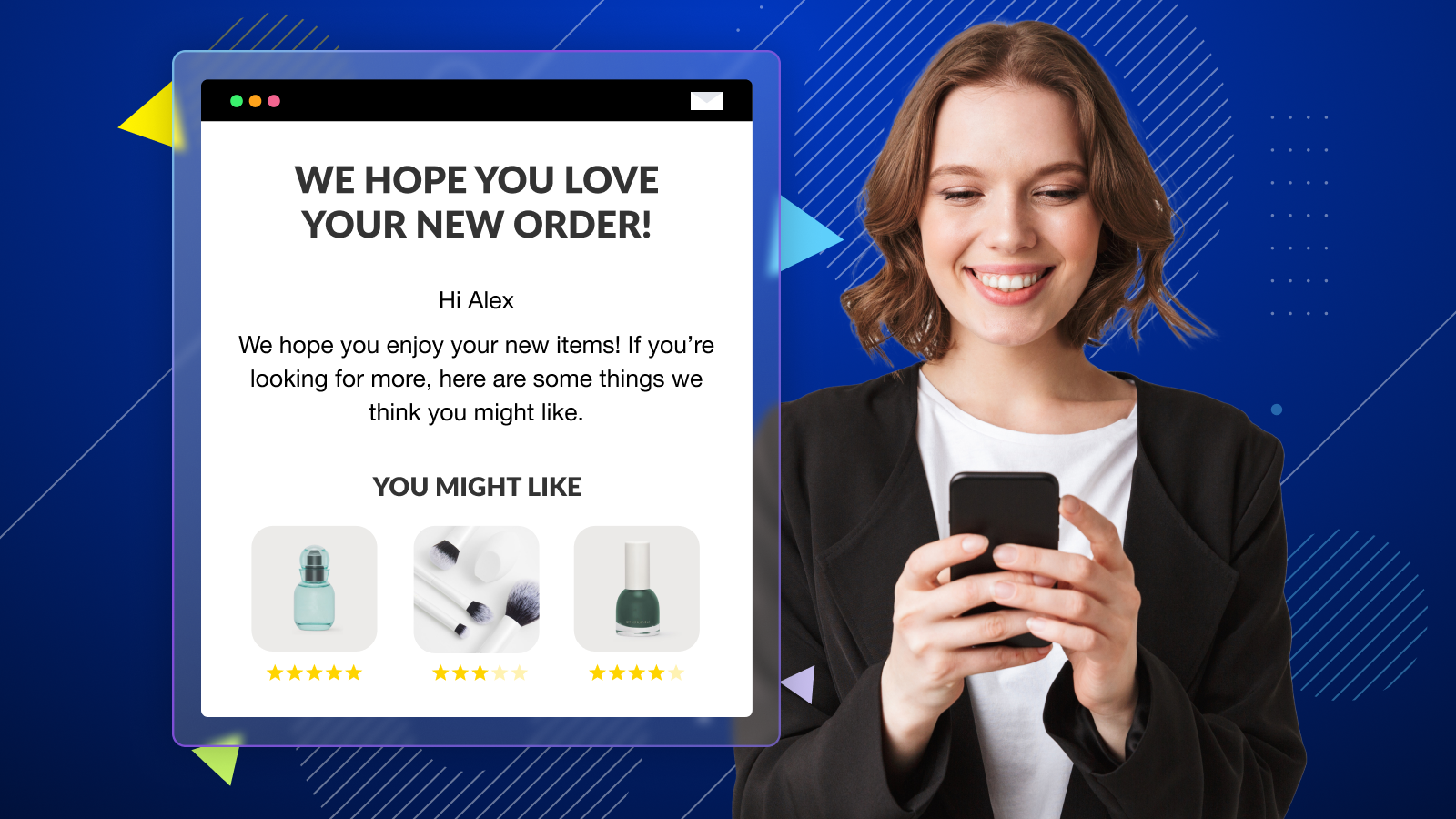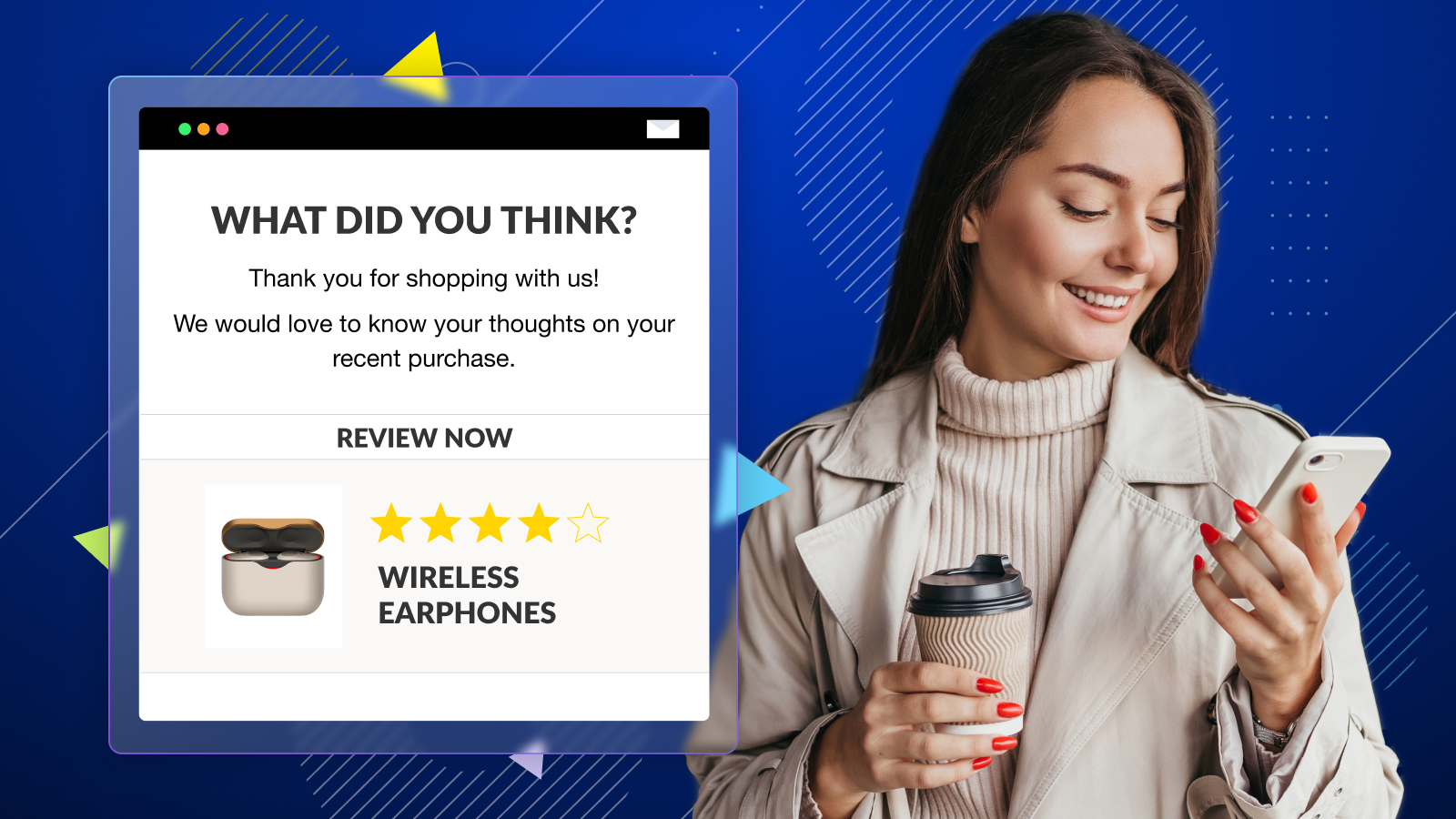Contents
Increase customer lifetime value with parcelLab's Engage product suite.
Learn moreWhat is customer lifetime value?
Published on: October 2, 2023
Updated: November 17, 2023
Customer lifetime value is a metric that predicts the net profit attributed to a customer over their entire relationship with your brand. It represents the total amount of money you can reasonably expect a single customer to spend on your products or services during the lifetime of that customer’s relationship with your business.
Note: customer lifetime value can be referred to as “CLV,” “CLTV,” or “LTV.” In this article, we’ll refer to it as CLV.
Knowing your CLV allows you to glean insights into your customers so you can improve your interactions with them. As MIT Sloan points out, this KPI “helps managers make decisions regarding investments in customer relationships.”
How do you calculate customer lifetime value?
There are several formulas and methods of calculating CLV, and the right one depends on your business. Consider the following.
Basic CLV calculation:
This is the simplest and most straightforward way to calculate customer lifetime value. The basic CLV formula multiplies the average order value by the number of repeat transactions and the average retention time (in months or years). It provides a high-level estimate of a customer’s total worth over their lifespan with your business.
The equation looks like this:
CLV = (Average Order Value) x (Number of Repeat Transactions) x (Average Retention Time in Months or Years)
Traditional, non-contractual CLV calculation
Typically used in non-contractual settings, this CLV formula multiples the average purchase value, the average purchase frequency, and the average customer lifespan.
CLV = (Average Purchase Value) x (Average Purchase Frequency) x (Average Customer Lifespan)
Contractual CLV calculation
If you have fixed-term contracts with your customers (e.g., annual subscriptions) you can calculate your CLV using the following formula:
CLV = (Monthly Recurring Revenue) x (GrossMargin) x (Average Lifespan of Contract in Months)
CLV calculation that accounts for churn
Another good calculation to use for subscription businesses, this formula factors in your churn rate. That way, you’re able to account for the percentage of customers who stop using your product or service during a given time frame.
The formula goes like this:
CLV = Average Monthly Revenue per Customer x Gross Margin / Churn Rate
| CLV Type | Description | Formula |
|---|---|---|
| Basic CLV Calculation | Simplest method to estimate a customer's total worth over their lifespan. | CLV = (Average Order Value) x (Number of Repeat Transactions) x (Average Retention Time in Months or Years) |
| Traditional, Non-Contractual CLV | Used in settings without fixed-term contracts. This formula considers purchase value, frequency, and lifespan. | CLV = (Average Purchase Value) x (Average Purchase Frequency) x (Average Customer Lifespan) |
| Contractual CLV | For businesses with fixed-term contracts (e.g., subscriptions). | CLV = (Monthly Recurring Revenue) x (GrossMargin) x (Average Lifespan of Contract in Months) |
| CLV Accounting for Churn | For subscription-based businesses. This formula factors in the percentage of customers leaving the service or product over a time frame. | CLV = Average Monthly Revenue per Customers x Gross Margin / Churn Rate |
Beyond CLV formulas
While customer lifetime value formulas can certainly be useful, most ecommerce marketing automation software can calculate this metric for you. A lot of platforms leverage statistical models and historical data to predict the future behavior of customers and determine their CLV.
Klaviyo, for example, “automatically builds a Customer Lifetime Value (CLV) model using your company’s data and retrains the model at least once a week.” Meanwhile, Mailchimp “analyzes past purchase behavior to predict which contacts will have a high, moderate, or low customer lifetime value (CLV) in the future.”
Depending on the software you’re using, you can use those CLV insights and tools to segment your customers, personalize your initiatives, and create intelligent campaigns tailored to different customer groups.
How do you increase customer lifetime value?
Improving your CLV can do wonders for your long-term profitability and success. There are several tactics to enhance your customer lifetime value, and the right steps depend on your business and of course, your customers.
Here are a few pointers to consider.
Sell top-notch products and services, every time. Nothing keeps customers coming back than amazing products and services. As such, offering a consistently high-quality product or service encourages repeat purchases and customer loyalty.
Improve the post-purchase experience. You can also give your CLV a boost by improving the post-purchase experience. Things like last-mile delivery tracking, shipment updates, and self-service returns can significantly enhance customer satisfaction, build trust, and encourage repeat purchases, leading to a higher CLV.
Provide stellar customer support. Happy shoppers tend to stick around, and one of the best ways to delight shoppers is to ensure they feel heard and supported. That’s why prompt, helpful, and friendly customer service can lead to greater customer satisfaction and retention.
Personalize marketing efforts. Data-centric personalization is more important than ever. Using customer data to tailor marketing messages, product recommendations, and special offers can make customers feel valued and increase sales. When your campaigns are tailored to their needs and purchase history, your efforts are more likely to resonate, which increases traffic and sales.
Implement a loyalty program. Rewarding customers for frequent purchases or long-term commitment can incentivize them to keep buying from you, ultimately driving up their CLV. If you have the budget for it, consider implementing ecommerce remarketing strategies tailored to your current customer base to keep your brand top of mind.
Upsell and cross-sell. When done right, post-purchase upselling and cross-selling can increase basket size and drive more purchases, which contribute to a healthier CLV. So, make sure upselling and cross-selling are part of your strategies.
Create an excellent onboarding journey. First impressions last. A smooth onboarding process ensures customers start benefiting from your product or service right away. This, in turn, increases the chances they’ll stick around.
Focus on customer education. Provide resources, webinars, tutorials, and other educational materials to help customers gain maximum value from your product or service. When customers get more out of the products they purchase, they’re much more likely to keep buying.
Collect and act on feedback. Regularly gather feedback through surveys, reviews, and direct communication. Addressing issues and acting on suggestions can make customers feel heard and appreciated.
Reduce churn. Customers jumping ship can put a big dent on your CLV. Prevent that by identifying common reasons for customer churn and addressing them.
Re-engage dormant customers. Got customers who haven’t purchased in a while? Use special offers, reminders, or new product announcements to bring them back.
Provide flexible payment options. Offering varied payment plans or financing can make it easier for customers to make larger purchases or commit to long-term subscriptions.
Keep innovating. Keep your product or service up-to-date. Address evolving customer needs, keep an eye on the market, and make sure you’re continuously adapting and stepping up your game.
Engage customers on multiple channels. Engage with customers through various touchpoints (email, social media, in-app messaging) to strengthen relationships and provide more opportunities for them to make a purchase.
Foster a sense of community. Create platforms where customers can engage with each other and your brand. This can be through forums, social media groups, or community events. Doing so builds stronger relationships, fosters a deeper connection with your business, and ultimately boosts your CLV.
Learn More About parcelLab's Product Suites
Provide a predictive delivery date that increases conversions, reduces uncertainty, and improves customer satisfaction.
Learn moreEnhance your post-purchase journey with personalized communications that keep customers informed every step of the way.
Learn more Retain
Retain
Turn potential customer dissatisfaction into an opportunity for revenue retention by digitizing your returns process.
Learn moreTransform Your Post-Purchase Experience
Learn more about how parcelLab can get you up and running quickly.
Book a demo
